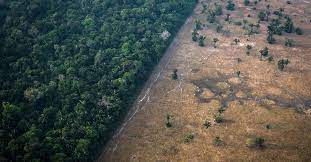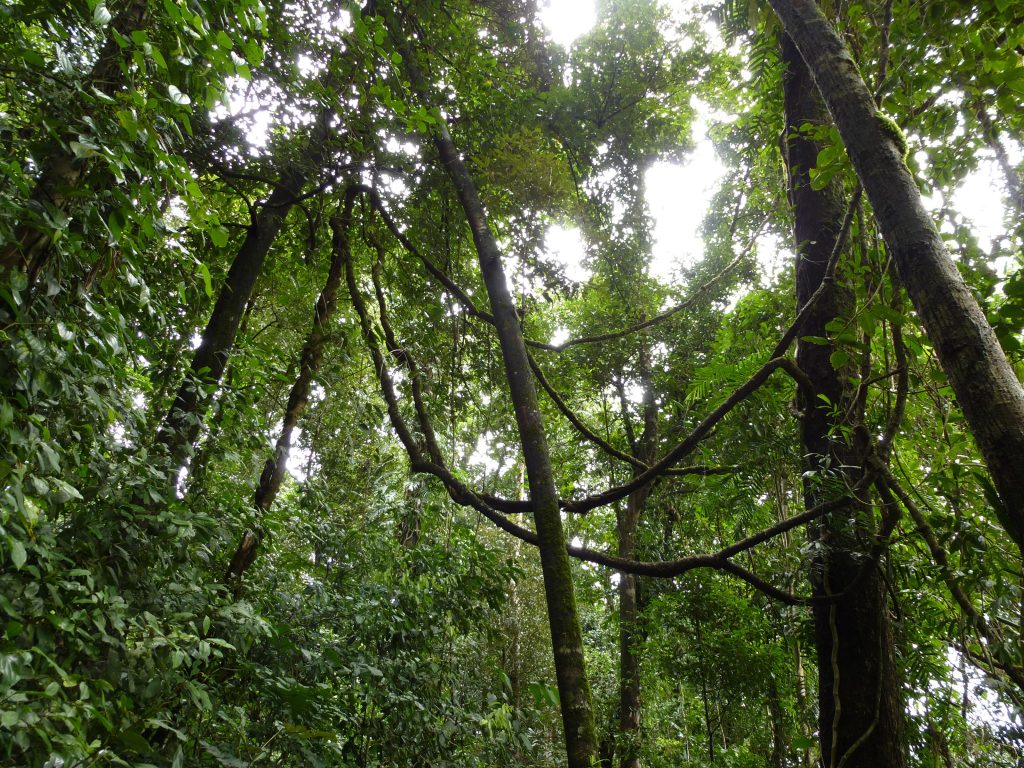Rainforests are essential for many different things. At the moment, we (as the human race) are concerned about rainforests for their capacity to store carbon – thereby reducing the amount in the atmosphere and therefore the threat of carbon dioxide causing the greenhouse effect.

The problem is, that even without cutting any more rainforests down, we have already changed the weather dramatically. If rainforests are cut down there may then not be enough rain to sustain regrowth. One example is the Amazon, where it is predicted that half its rainfall is caused by the forest itself.
In the Amazon, Congo and even south-east Asia, there are already worrying signs in particularly highly deforested areas, that the rainforest weather is drying, turning the forest into a more savannah like area.
What is clear, is that a fragmented rainforest is deeply threatened. We need large blocks of unbroken rainforest if the planet is to survive in a form that we will continue be good for the human race to continue to thrive within. Of course, this is also essential for the many planet services that the human race requires to keep going.
Of course, this is not a reason to be allowed to cut down the fragments, it is a reason to not create the fragments in the first place. What is important to realize, is that many of the activities that the rainforest is being cut down for, will not work without the rain that the forest creates.
Just food for thought














